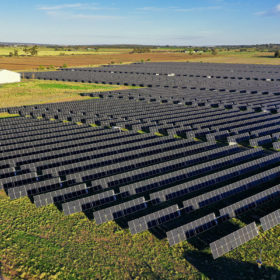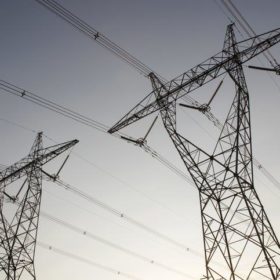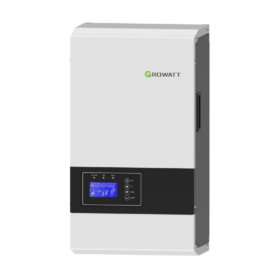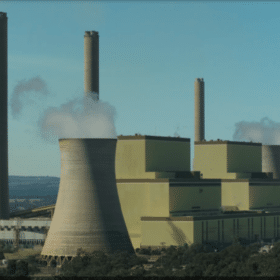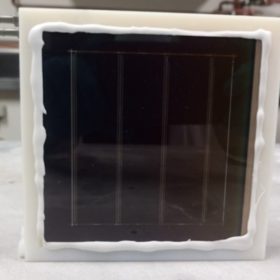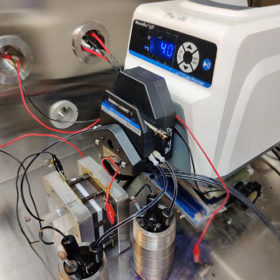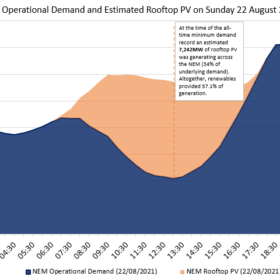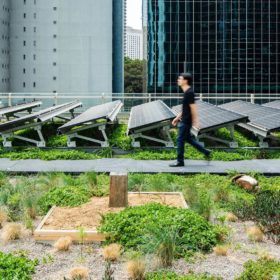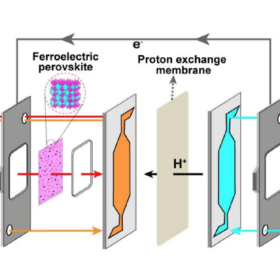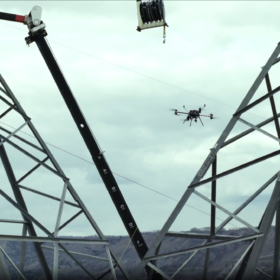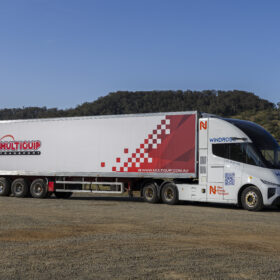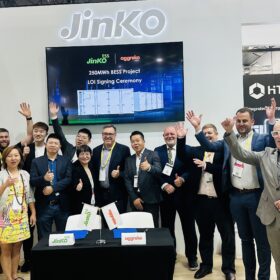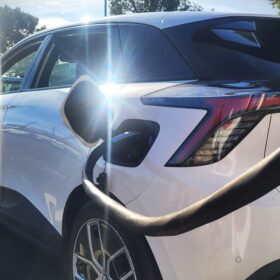Australia grid delays affect Dutch developer’s figures
Photon Energy reported raised revenue from sales of electricity in the second quarter of the year, compared with 12 months earlier, but said grid hold-ups at 14.6 MW of solar projects Down Under had affected performance.
Solar industry pioneer pushes for National Transmission Network
A parliamentary inquiry has been told Australia’s ageing transmission network “urgently” needs upgrading to deliver new solar PV and wind power to cities as the nation’s transition to renewable energy generation continues to accelerate.
Growatt unveils off-grid inverter
The 3 kW inverter has an efficiency of 95% and features a surge power of 9000 VA. According to the manufacturer, the device is compatible with mainstream lead-acid and lithium-ion batteries.
Secrecy and high level splits: ‘coal-keeper’ uproar but expert says politics won’t stop the inevitable
The Energy Security Board’s market reforms have come under fresh scrutiny after ministers met last week under a veil of secrecy, apparently stirring deep rifts between federal and state ministers and other stakeholders. While it remains unclear what the Board’s proposed capacity market, dubbed by some as ‘coal-keeper’, might look like, Dan Cass, who leads energy policy at the Australia Institute, told pv magazine Australia as long as Angus Taylor isn’t steering, he’s optimistic that state governments and the ESB could work towards a reasonable outcome.
Coupling PV-powered electrochemical water splitting with battery storage
A German research team has developed a photovoltaic-electrochemical device for alkaline water electrolysis that can be linked to battery storage. The proposed system configuration can not only smoothen out the PV power fluctuations and facilitate power coupling, but also improve solar to hydrogen efficiency.
Redox flow battery retains more than 90% of capacity over 6,000 cycles via new catholyte
The battery was built with a new catholyte and a symmetry-breaking strategy, which consists of changing the symmetry of the redox-active organic molecules instead of using the common approach of attaching a hydrophilic functional group.
Solar eclipses coal for first time, setting renewable record
For the first time in the history of our national energy market, solar generated more electricity than coal, providing 41.4% of the national market on Sunday, while coal accounted for 41.2%.
Green roof improves solar panel efficiency by 3.6% on average, study finds
The comparison of two solar cladded roofs in Sydney, one bare beneath its panels and the other adorned with native grasses and plants, has found the panels on the green roof were, on average, 3.63% more efficient, producing an average daily output 13% greater than the conventional roof. The improvements are believed to stem from the lower temperatures on the green roof, thanks to its plants – which also provided a plethora of additional benefits.
Solar-accelerated carbon-dioxide splitting to recycle a deadly greenhouse gas
Carbon never goes away, says Associate Professor Tianyi Ma, but if industrial carbon-dioxide emissions can be cleanly, renewable catalysed into chemicals and fuels that we need, we can reduce the overall GHG burden on the earth’s atmosphere.
Novel PV module recycling tech from South Korea
Developed by the Korea Institute of Energy Research (KIER), the “non-destructive” technology is claimed to enable the recovery of 100% of a module’s glass and to allow the reuse of silicon for producing new solar cells with an efficiency of 20.05%.
